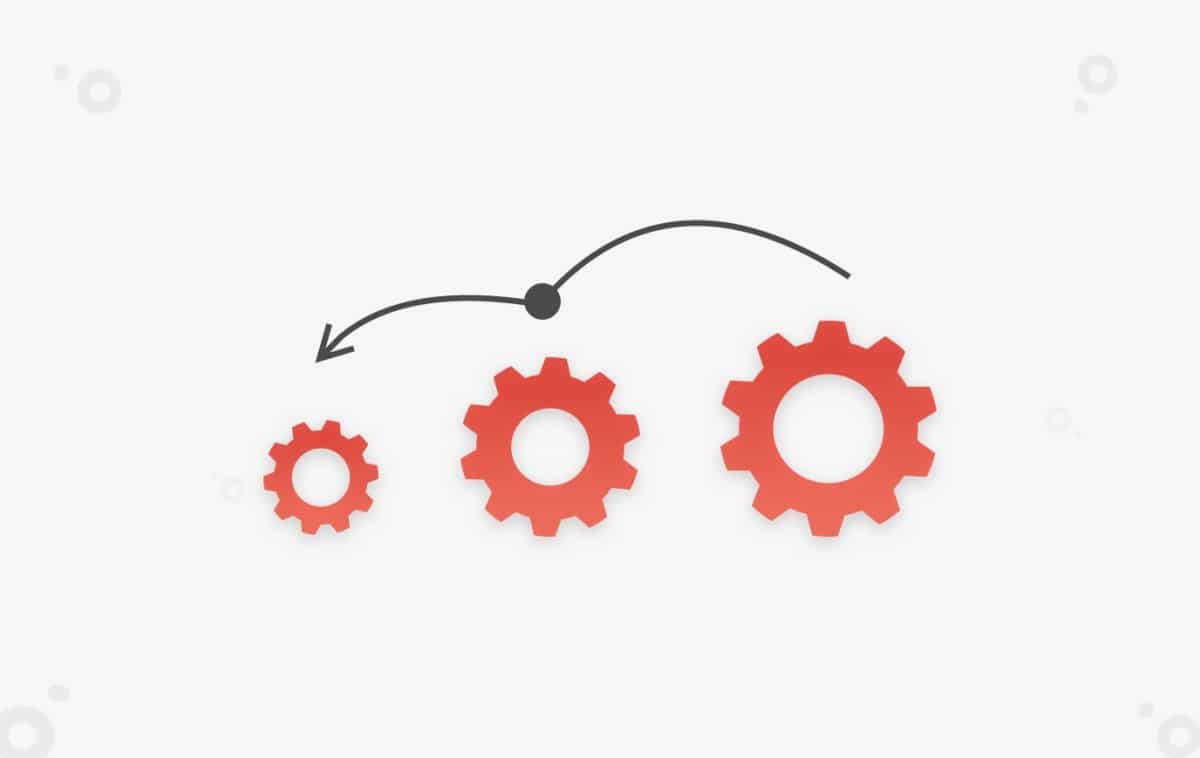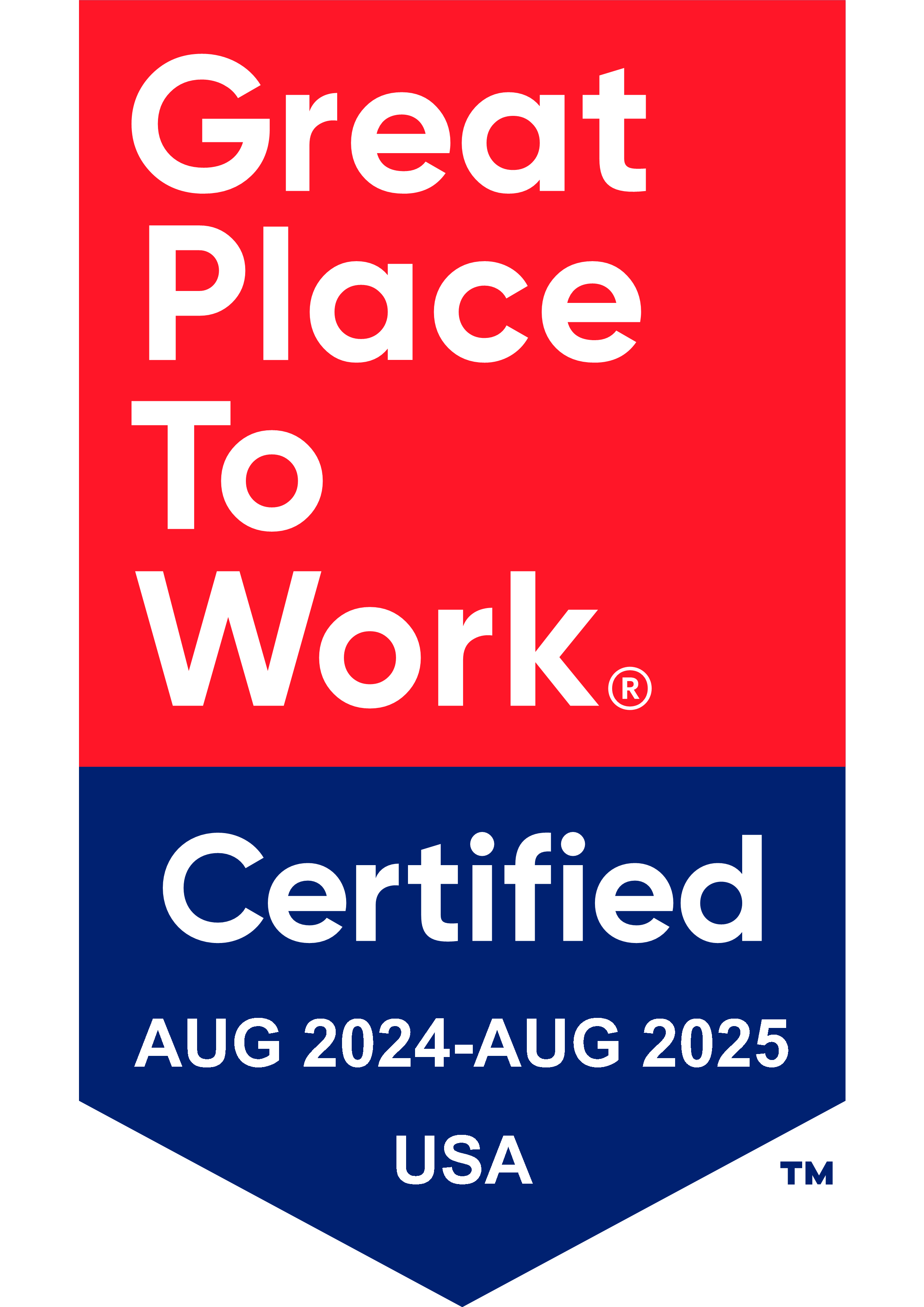Many professionals in the software development field have faced business problems related to technology, cost, and time to market while delivering solutions to their clients.
We have found that most problems arise when:
- Software delivery is not on time
- Software development costs are high
- Software quality does not meet standards
- Testing is not proper, leading to business losses
- Traditional software development approaches are becoming ineffective to curb newer expectations
Shift-left testing
Doing away with all the traditional paradigms of software development, shift left testing stresses integrating both key activities (development and quality assurance) from day one of the projects.
This promotes the inclusion of quality assurance right from the requirement phase of development and carries down to the other phases as they follow.
SQSPer a study conducted by SQS, 56% of defects originate during the requirement phase of the project as compared to a meager 7% during the coding phase.

Per the traditional models, testing starts when development is in the coding phase.
This would essentially mean that most of the testing activity targets the wrong phase of development, missing 56% of the defects.
There is a remote possibility that these defects are discovered during the rest of the testing. If they are discovered, this would mean improving the quality of already degraded software.
The shift-left model accelerates the attention to quality from the inception of the project.
This increases the ability to discover and correct defects when they occur.
As shown below, testing manifests right from the start of the project and carries down to the end of the project.
The main activity of testing revolves around the basic inception phases. Therefore, defects caught at this point are easy to fix and not costly.

Finding a defect during the ‘typical’ testing phase can mean more than 15 times the cost to fix and countless hours of unnecessary re-work.
With the shift-left model, the focus on quality becomes everyone’s priority and with less re-work, projects stay truer to timelines and estimates.
Another benefit is that it improves cost-effectiveness and ensures a faster time to market.
The use of shift-left testing yields the following benefits
- Bugs are found and fixed early
- Saving time and resources
- Allowing good test coverage
- Better teamwork with developers and testers – this model minimizes frictional differences between them
- Delivery of software is expedited
- Cost-effectiveness
If you need a solution to your quality, cost, and time woes, contact Bitwise and see how we can help.
You Might Also Like

Data Security
Implementing Fine-Grained Data Access Control: A Complete Guide to GCP Column-Level Policy Tags
Learn More










